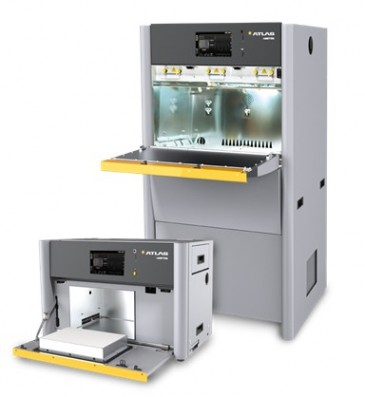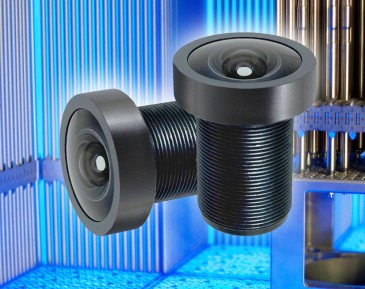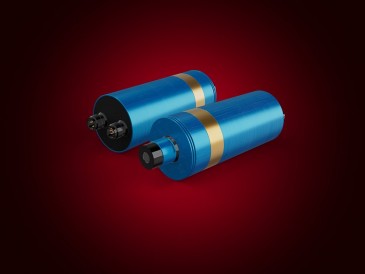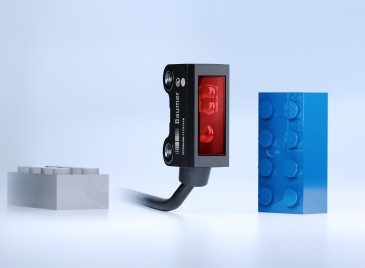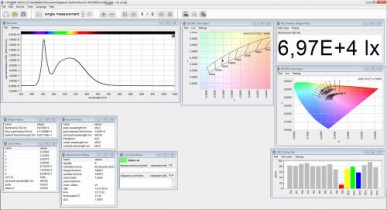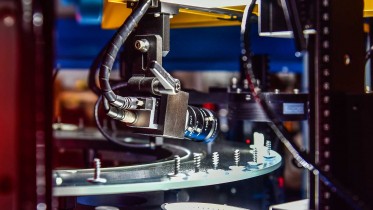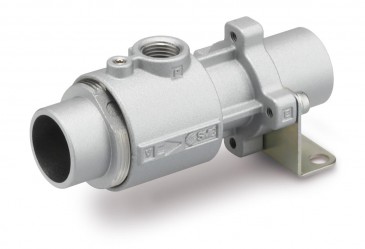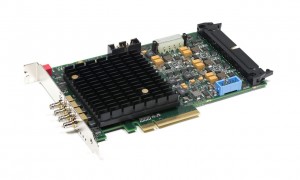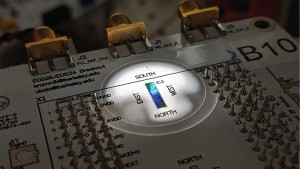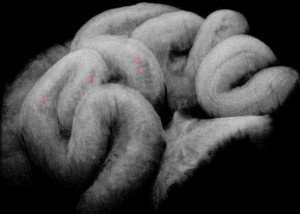
Non-Dispersive Infrared (NDIR) spectroscopy is by far the most commonly used gas detection method today. Gas passes through a measurement cell where a broadband IR source emits light through the cell to a detector. The detector uses IR optical filters to filter the light into an active channel at the absorption wavelength of the target gas and a reference channel. The advantage of NDIR comes from the strength of absorption in the mid IR range, compared with methods based on near-infrared light. The strong absorption allows relatively low concentrations of gas to be detected with small path lengths and inexpensive components.
In order to measure gases at particularly small concentrations or very quickly, a high sensitivity detector is required, PbSe devices with responsivity values as high as 120k V/W. The devices are manufactured in standard TO style packages and have long expected lifetimes, making them suitable for fit-and-forget applications such as gas sensing.
Laser Components manufactures a range of lead salt detectors at their factory in Tempe, Arizona (US). The PB55 is a collection of thermo-electrically cooled polycrystalline biased single-element PbSe detectors with a 20% cut-off̀ at 5.2 microns and a maximum element size of 6 x 6 mm2.
One of the most common gases that is detected using this method is CO2, at a wavelength of approximately 4.3 microns. Laser Components supplies the PB55 and a suitable IR filter for this application from their UK office.






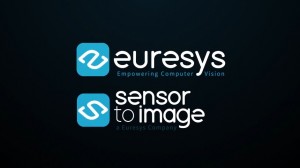
















 Back to Products
Back to Products